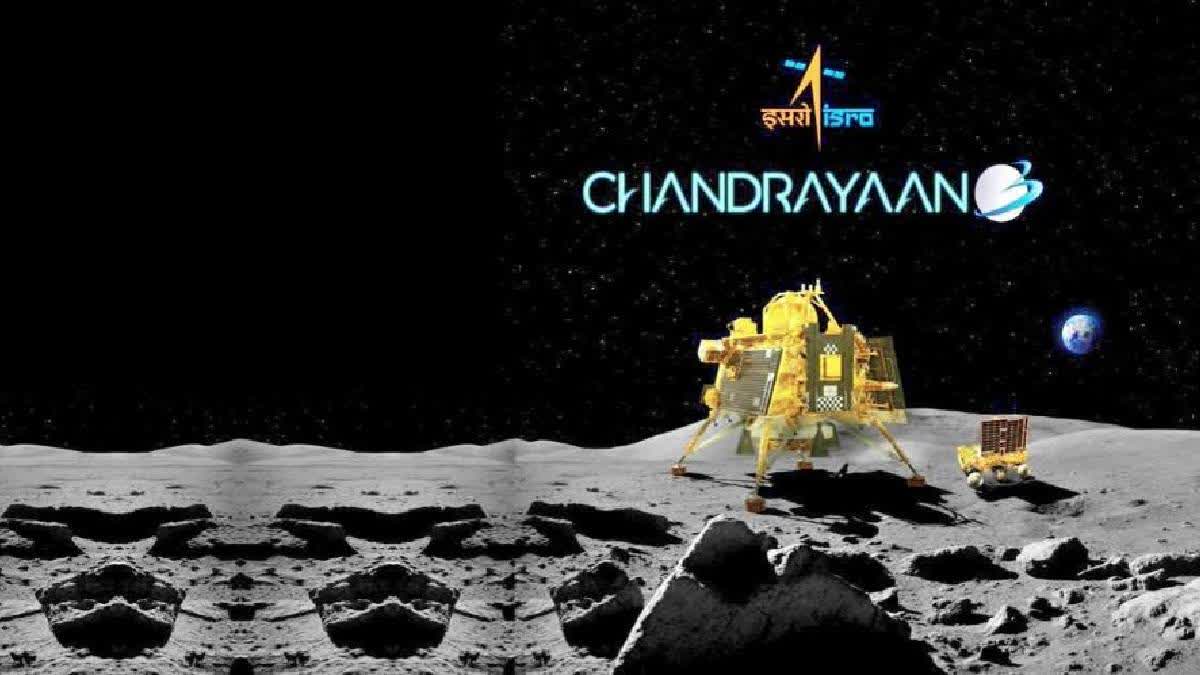Bengaluru: Starting on July 14 when the Indian Space Research Organisation (ISRO) launched the Chandrayaan-3, the US National Aeronautics and Space Administration (NASA) and the European Space Agency (ESA) ground stations have been helping in monitoring the health of the mssion’s spacecraft.
Since the launch, the ESA has been providing assistance to the mission from two ground stations of the European Space Tracking (ESTRACK) network. These stations are responsible for tracking the satellite’s orbital movements, collecting telemetry data from the spacecraft and transmitting it to the Mission Operations Centre (MOC) in Bengaluru.
Additionally, they are also relaying commands from Bengaluru to the satellite in flight, Ramesh Chellathurai, ground operations engineer at the European Space Operations Centre (ESOC) in Darmstadt in Germany was quoted by a media house saying.
The 15-metre antenna belonging to the ESA located in Kourou in French Guiana along with the 32-metre antenna from the Goonhilly Earth Station in the UK, were chosen to provide such assistance. This selection was based on their technical capabilities and the times when they have a clear line-of-sight to the satellite. These two stations have been in regular contact with the Chandrayaan-3, establishing a comprehensive communication link between the mission operations team in Bengaluru and the Chandrayaan-3 satellite.
The 35-metre deep space antenna in Australia's New Norcia, which is a part of the ESTRACK network, has been configured to track and establish communication with the Lander Module as it undergoes the lunar descent phase. During the descent, the New Norcia antenna will act as a backup to ISRO’s ground station. It will simultaneously receive data about the Lander Module’s condition, position and trajectory, running in parallel with the ISRO station.
